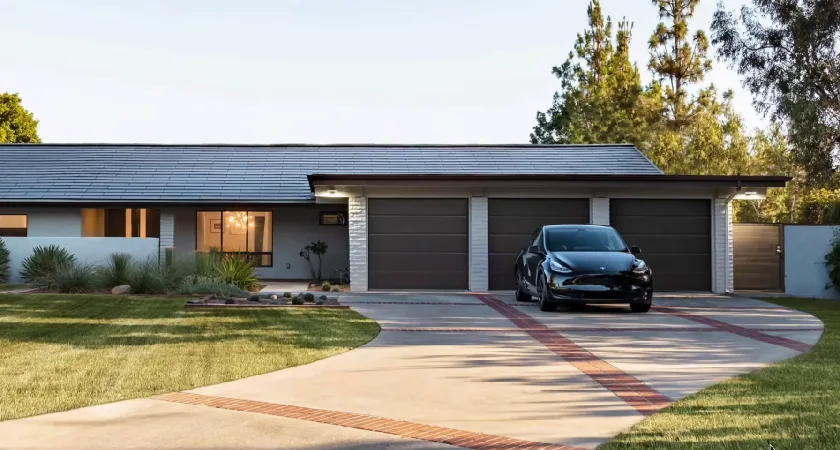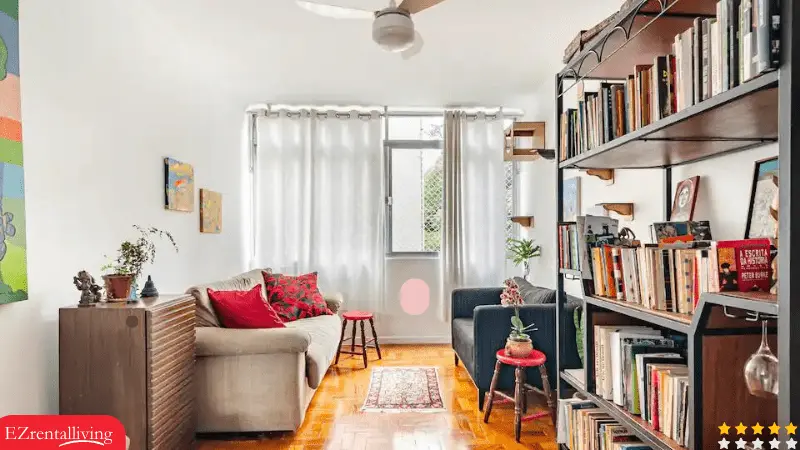In the same way that horse-drawn carriages evolved into electric vehicles, our homes’ energy solutions are evolving much faster. You should carefully consider factors such as cost, aesthetics, and the long-term impact on the value of your property and the environment as you decide whether solar roof tiles or conventional solar panels are right for your home.
Each option has its merits and drawbacks, tailored to different homeowner needs and preferences. Considering this, you might wonder which path will lead you to not only a greener future but also the most financial sense.
Let’s explore further to uncover which option aligns best with your home’s energy aspirations.
Understanding Solar Roof Tiles
Exploring the concept of solar roof tiles reveals a cutting-edge alternative to traditional solar panels, offering a seamless integration with your home’s aesthetic. Unlike the bulkier panels that are mounted on top of your roof, solar roof tiles or solar attic fans are designed to blend in, looking much like regular roofing materials. This means you won’t have to compromise your home’s appearance in pursuit of renewable energy.
You’re likely curious about their efficiency. It’s true; solar roof tiles can be less efficient compared to traditional panels due to their positioning and the materials used. However, advances in technology are rapidly closing this gap, making them a more viable option for many homeowners. Plus, because they cover a larger surface area of your roof, they can still produce a significant amount of energy.
The installation process is another aspect to consider. Installing solar roof tiles is more labor-intensive than traditional panels. They essentially replace your existing roof, which means the initial investment can be higher. Yet, over time, the energy savings combined with the aesthetic appeal may offset the upfront costs. It’s a long-term investment in your home’s value and your commitment to sustainable living.
The Basics of Traditional Solar Panels
In contrast to the emerging solar roof tiles, traditional solar panels have been a reliable source of renewable energy for decades, offering a well-understood and efficient solution for homeowners looking to harness the power of the sun. These panels work by converting sunlight into electricity through photovoltaic cells, providing a straightforward way to reduce your energy bills and carbon footprint.
You’ll find that traditional panels are typically mounted on the roof, but they require a suitable space that’s exposed to sufficient sunlight. Their effectiveness depends on your location, roof orientation, and the amount of direct sunlight your home receives. It’s essential to consider these factors, as they significantly impact the system’s overall efficiency and your potential energy savings.
Moreover, traditional solar panels are known for their durability and long lifespan, often lasting 25 years or more with minimal maintenance. This makes them a dependable choice for long-term renewable energy investment. While they may not blend into your roof’s aesthetic as seamlessly as solar roof tiles, their established technology and performance metrics provide a clear picture of what you’re investing in, making it easier to weigh their benefits against their initial setup costs and potential energy savings.
Cost Comparison
When comparing the costs of solar roof tiles and traditional solar panels, it’s important to consider not just the initial outlay but also long-term savings and value. Initially, you’ll find that solar roof tiles are generally more expensive than traditional panels. This is due to the sophisticated technology and materials required for their design, which integrates seamlessly with your roof. The installation process for solar tiles can also be more labor-intensive, contributing to a higher upfront cost.
However, it’s crucial to weigh these costs against potential energy savings over time. Traditional solar panels, while less expensive upfront, might not offer the same aesthetic appeal or integrated design, but they’ve been proven to provide significant energy savings. These savings can offset the initial investment over several years, depending on your location and the efficiency of the system you choose.
Furthermore, government incentives and rebates for solar energy can reduce the cost difference between these two options. It’s worth investigating local programs that might offset initial expenses. Also, consider the lifespan and durability of the materials. Traditional panels often come with long warranties, suggesting a long-term value that competes with the newer, more costly solar tiles.
Aesthetics and Property Impact
Beyond cost considerations, the aesthetics and impact on your property’s value are crucial factors in choosing between solar roof tiles and traditional solar panels. Solar roof tiles offer a sleek, integrated look that can blend seamlessly with your home’s existing roofline, potentially enhancing curb appeal for those who prefer a more traditional aesthetic. They’re designed to mimic the appearance of conventional roofing materials while generating electricity, offering a dual function that’s both practical and visually appealing.
On the other hand, traditional solar panels are more noticeable, sitting atop your roof’s existing structure. They’re often seen as less aesthetically pleasing due to their protruding nature and the contrast they can create with your roofing material. However, their visibility can also serve as a bold statement of your commitment to renewable energy, which might be appealing to environmentally conscious homebuyers.
When it comes to impacting property value, homes with solar installations have been shown to attract higher resale values compared to those without. The seamless integration of solar roof tiles might appeal more to potential buyers concerned with aesthetics, whereas traditional panels could attract those more focused on the environmental and financial benefits of solar power. Ultimately, your choice should align with your priorities regarding appearance, property value, and environmental commitment.
Longevity and Maintenance
Considering the importance of both longevity and maintenance, it’s essential to understand how solar roof tiles and traditional solar panels compare in these aspects. Solar roof tiles are often touted for their seamless integration with your roof, potentially reducing the risk of damage from elements or maintenance-related activities. However, they’re a newer technology, which means there’s less long-term data available on their lifespan. Typically, manufacturers project their durability to match that of high-quality roofing materials, often around 30 years or more.
On the other hand, traditional solar panels have a proven track record, with many lasting 25 to 30 years or even longer. They’re designed to withstand harsh weather conditions, from blistering heat to icy storms. Maintenance for traditional panels is fairly straightforward, involving regular cleaning and occasional checks to ensure all components are functioning correctly.
While solar roof tiles offer an aesthetically pleasing alternative with potentially fewer maintenance needs, they might come with uncertainties regarding longevity. Conversely, traditional solar panels present a tried-and-tested solution with a clear maintenance roadmap but may require more frequent attention to keep them in optimal condition. Ultimately, your choice depends on your priorities, whether they lean towards cutting-edge design or proven reliability.



